
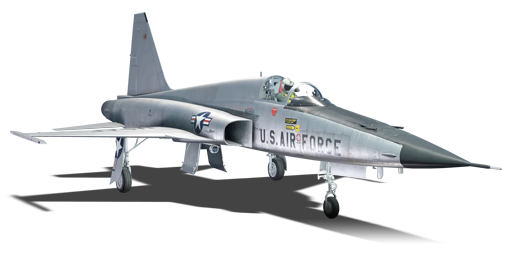


The Northrop F-5E Tiger II is an American supersonic fighter aircraft developed by Northrop Corporation in the 1950s. It is an improved version of the original F-5A/B Freedom Fighter, incorporating lessons learned from combat experience during the Vietnam War. Key upgrades include a more advanced wing design, more powerful engines, and modernized avionics. The F-5E entered service with the US Air Force and Navy in the 1970s. Highly appreciated both in the United States and abroad—even by potential adversaries who acquired the aircraft—the F-5E Tiger II served in the US military for over 30 years until it was retired in the 2000s. It continues to be operated by several countries around the world, including Taiwan, South Korea, Brazil, and Switzerland.
Introduced in Update "Red Skies", one of the F-5E Tiger II's key advantages is its excellent handling and maneuverability, making it well-suited for both dogfighting and close air support missions. Its versatility is further enhanced by a wide range of ordnance options, including air-to-air missiles, unguided high-explosive and incendiary bombs, gun pods, rockets of various calibers, and AGM-65B Maverick guided missiles. All in all, the aircraft is easy to master for both novices and seasoned aces, making it a formidable opponent on the battlefield.
flaps
flaps
flaps
brake
| Belt | Belt filling | Armor penetration (mm) at a distance: | |||||
|---|---|---|---|---|---|---|---|
| 10 m | 100 m | 500 m | 1000 m | 1500 m | 2000 m | ||
| HEF-I/HEF-I/API-T/AP-I | 39 | 35 | 22 | 12 | 7 | 4 | |
| HEF-I/API-T/AP-I | 39 | 35 | 22 | 12 | 7 | 4 | |
| HEF-I/HEF-I/HEF-I/API-T/AP-I | 39 | 35 | 22 | 12 | 7 | 4 | |
| API-T/AP-I/AP-I | 39 | 35 | 22 | 12 | 7 | 4 | |
| HEF-I/HEF-I/HEF-I/AP-I | 39 | 35 | 22 | 12 | 7 | 4 | |
| Name | Weight | Slot | ||||||
|---|---|---|---|---|---|---|---|---|
| 76.4 kg | 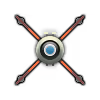 |  | ||||||
| 76.9 kg | 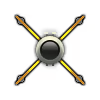 |  | ||||||
| 240.9 kg |  |  |  |  |  | |||
| 254 kg |  |  |  |  |  | |||
| 362.4 kg |  |  |  |  |  | |||
| 401.4 kg |  |  |  |  |  | |||
| 19 × | 233.7 kg | 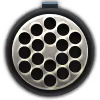 |  |  |  | |||
| 4 × | 280.3 kg |  |  | |||||
| 210.5 kg | 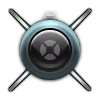 |  |  |  | ||||
| 446.8 kg | 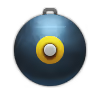 |  |  | |||||
| Drop tank (150 gal.) | 80 kg |  |  | |||||
| 893.6 kg | 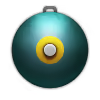 | |||||||
| 766.6 kg | 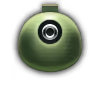 | |||||||
| Drop tank (150 gal.) | 80 kg |  | ||||||












Flight performance | |
|---|---|
Survivability |
|---|
Weaponry | |||
|---|---|---|---|